Earth’s oldest mountain ranges are not just breathtaking landmarks; they are also geological wonders that offer insights into the planet’s history and evolution. These ancient formations, some of which are billions of years old, provide a glimpse into the early processes that shaped our planet’s surface. In this article, we explore the world’s oldest mountain ranges, highlighting their unique geological features, formation history, and significance.
The Ural Mountains
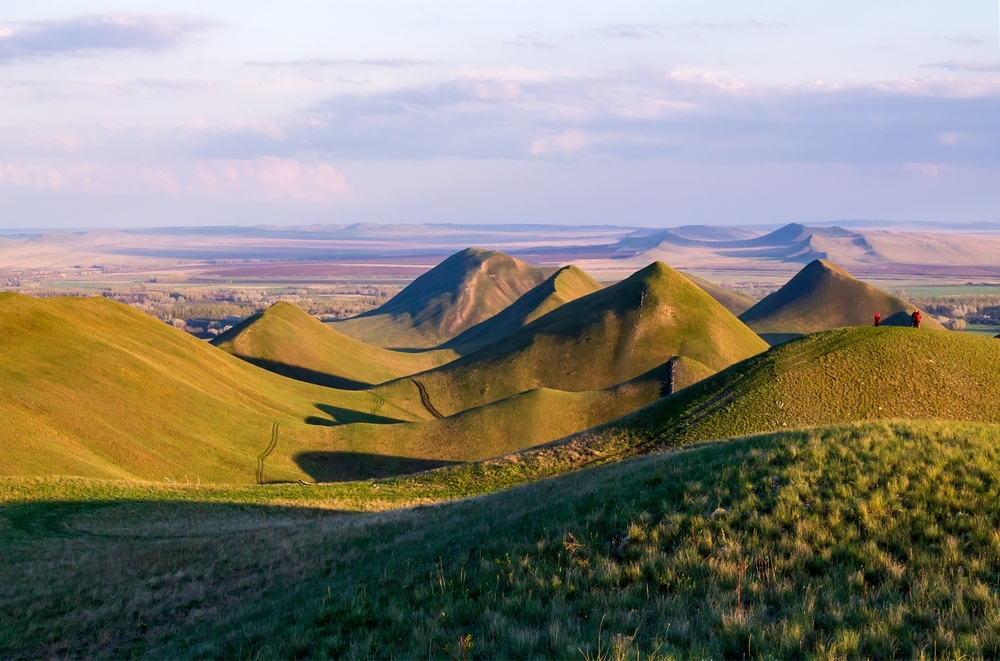
The Ural Mountains, which run through Russia from the Arctic Ocean to the Ural River and northwestern Kazakhstan, are among the world’s oldest mountain ranges, formed about 250 to 300 million years ago. These act as the natural boundary between Europe and Asia, extending for about 2,500 kilometers. The average elevation of this range is around 1,000 to 1,500 meters (3,281 to 4,921 feet), with the highest peak, Mount Narodnaya, reaching 1,895 meters (6,217 feet). Covering an area of roughly 2.2 million square kilometers, these are rich in natural resources, including precious minerals like gold and platinum. It has played a crucial role in Russian history and industry. Its unique geology has preserved fossils that offer insights into ancient Earth. Besides minerals, these are known for their diverse ecosystems, ranging from tundra in the north to forests in the south.
The Appalachian Mountains
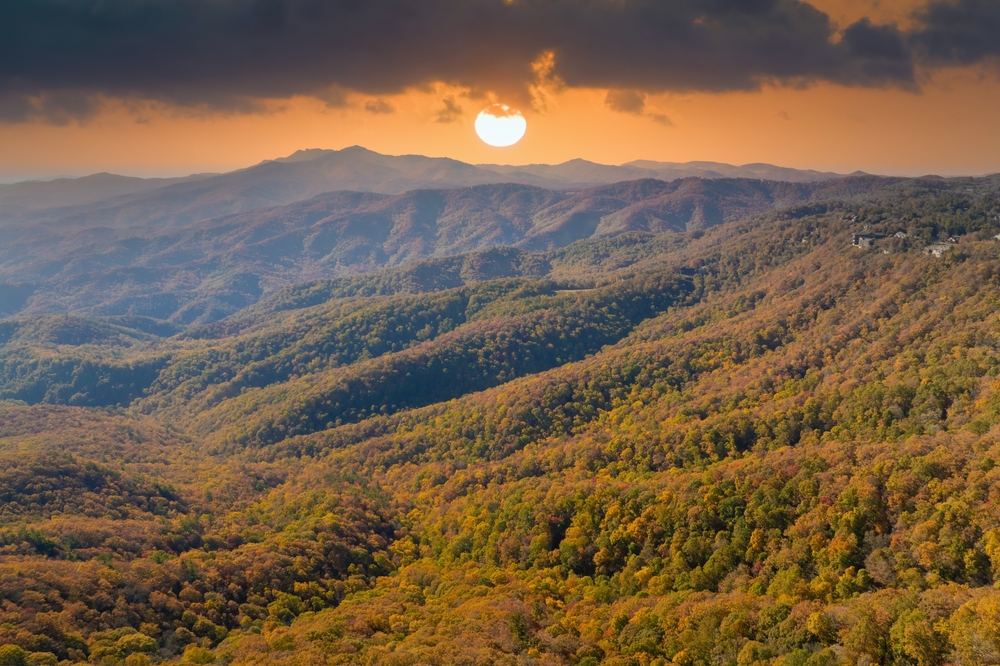
The Appalachian Mountains, located in the eastern United States, are one of the world’s oldest mountain ranges, with their formation dating back over 480 million years during the Ordovician period. It extends from Newfoundland in Canada down to central Alabama in the United States, covering about 2,400 kilometers. The average elevation is around 900 meters (2,950 feet), although the highest peak, Mount Mitchell, stands at 2,037 meters (6,684 feet). These mountains are well-known for their rich biodiversity and striking landscapes, including dense forests and rolling hills. Covering approximately 1.9 million square kilometers, the range plays a significant role in North American ecology and culture. The mountains have been shaped by millions of years of erosion, leaving behind their current gentle slopes. Their mineral wealth, including coal and iron, has also been historically important to the region.
The Transantarctic Mountains
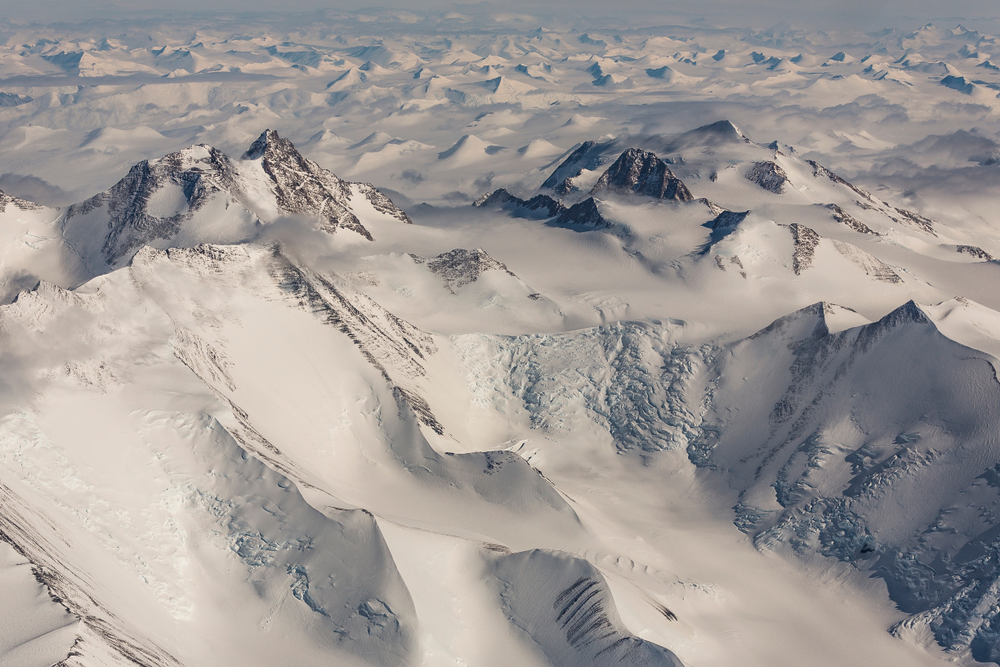
The Transantarctic Mountains, stretching across Antarctica, are among the oldest mountain ranges on Earth, with some parts of the range believed to date back over 500 million years. The range divides East Antarctica from West Antarctica, spanning about 3,500 kilometers. The average elevation is around 2,500 meters (8,202 feet), with the highest peak, Mount Kirkpatrick, reaching 4,528 meters (14,856 feet). Covering a vast area of Antarctica, these are significant for their role in climate and glacial research. The range is primarily composed of ancient rocks that predate the formation of Antarctica as a frozen continent. Despite its remote and inhospitable environment, these are home to some unique forms of microbial life.
The Guiana Shield
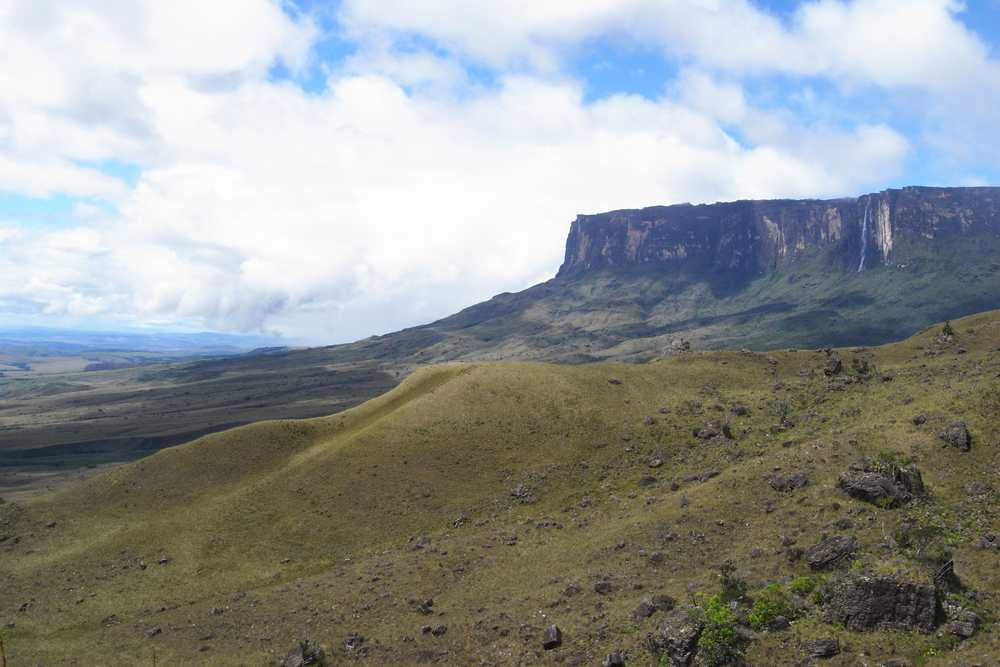
The Guiana Shield, located in northeastern South America, is one of the oldest geological formations on Earth, dating back around 2 billion years. It spans parts of Venezuela, Brazil, Guyana, Suriname, and French Guiana, covering approximately 1.7 million square kilometers. The average elevation is about 500 meters (1,640 feet), with its highest peak, Mount Roraima, rising to 2,810 meters (9,219 feet). The region is known for its dramatic tepuis, or table-top mountains, which are unique geological formations. It is home to a rich diversity of plant and animal life, much of which is endemic to the region. Its ancient rocks provide important clues about the early Earth’s formation and tectonic activity. The area is also rich in mineral resources, particularly gold and diamonds.
The Aravalli Range
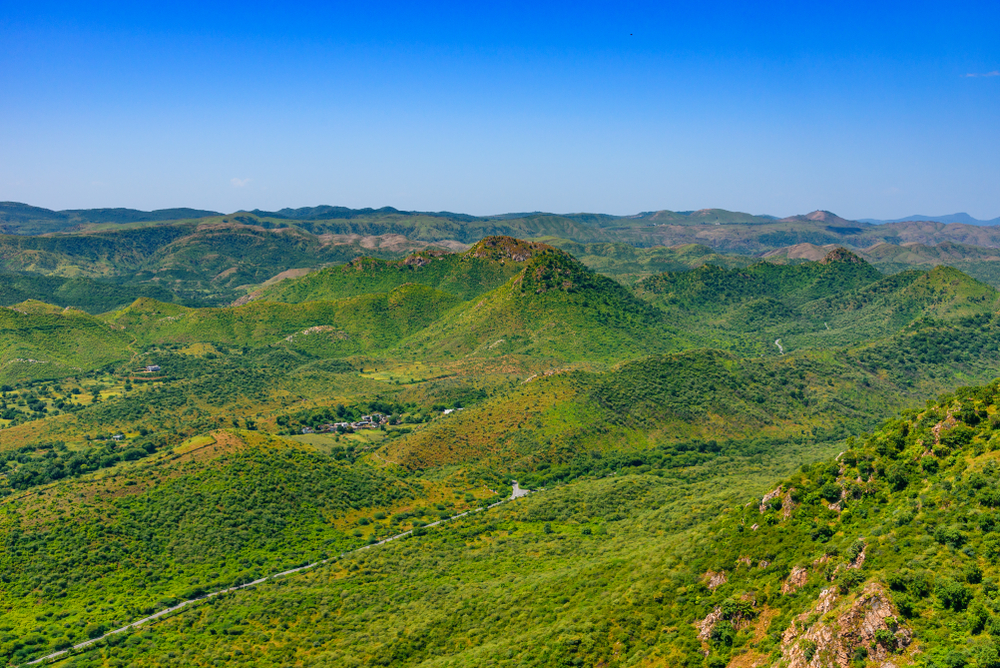
The Aravalli Range in India is one of the oldest mountain ranges in the world, with its formation believed to date back around 3.2 billion years. Stretching approximately 692 kilometers through the Indian states of Rajasthan, Haryana, and Gujarat, the range is a vital geographical feature in the subcontinent. The average elevation is about 930 meters (3,051 feet), with its highest peak, Guru Shikhar, standing at 1,722 meters (5,650 feet). Covering an area of approximately 100,000 square kilometers, it plays a significant role in blocking the Thar Desert’s expansion. It has been heavily eroded over time, giving it its current shape of low, weathered hills. Its rich biodiversity and mineral resources, including zinc and copper, have historically been important to India. It also has historical significance, being home to many ancient forts and palaces.
The Pilbara Craton
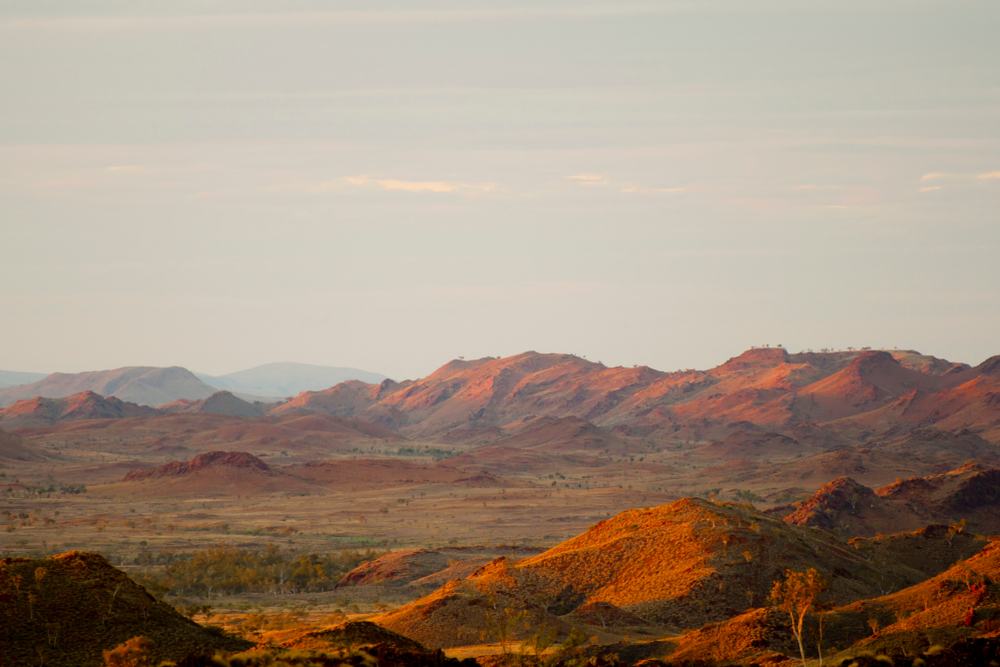
The Pilbara Craton in Western Australia is an ancient geological formation that dates back over 3.5 billion years, making it one of the oldest pieces of Earth’s crust. Located in the Pilbara region, it is significant for its well-preserved rocks that offer insights into early Earth’s processes. Its average elevation is low, mostly sitting around 500 meters (1,640 feet), with a landscape of flat terrains and rocky outcrops. The area covers approximately 600,000 square kilometers and contains some of the oldest known fossils, giving researchers critical information about the development of early life on Earth. The highest points in the Pilbara region are the Hamersley Ranges, which rise to about 1,245 meters (4,085 feet). It is also a resource-rich area, particularly known for iron ore mining. Its unique geological features make it a natural laboratory for studying early Earth conditions.
The Barberton Greenstone Belt
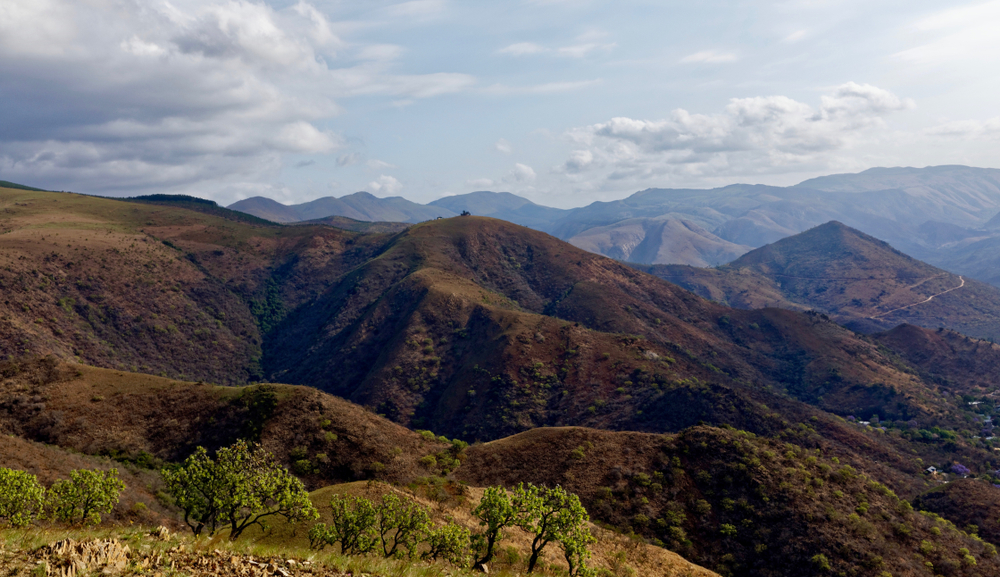
The Barberton Greenstone Belt in South Africa is one of the oldest mountain ranges on Earth, dating back about 3.5 billion years. Located in northeastern South Africa, this region is geologically significant for providing some of the best-preserved volcanic and sedimentary rocks from early Earth. Its average elevation is relatively low, at about 1,800 meters (5,905 feet), but its ancient origin makes it crucial for understanding early Earth’s tectonics. Covering an area of roughly 120 kilometers by 60 kilometers, it is also known for its rich deposits of gold. Its highest peak is fairly modest but the area is important for scientific studies. It holds clues to the Earth’s early atmosphere and the development of life. Besides its geological importance, it has a rich biodiversity.
The Kaapvaal Craton
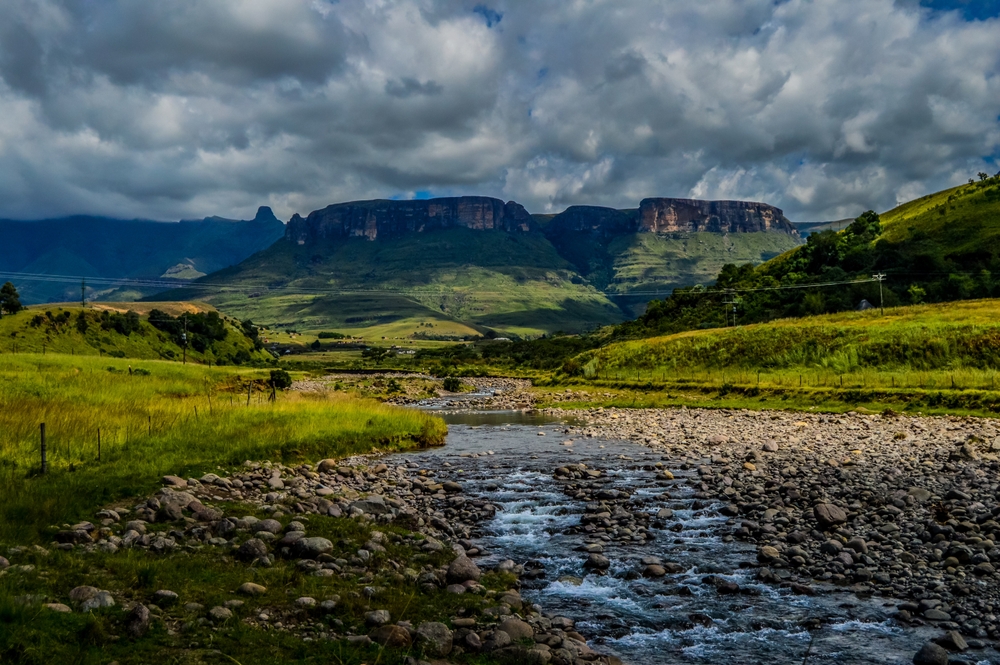
The Kaapvaal Craton, located in southern Africa, is one of the oldest and most stable landmasses on Earth, with an estimated age of over 3.6 billion years. Stretching across much of South Africa and into parts of Botswana and Zimbabwe, it plays a key role in understanding early Earth’s geological history. The average elevation in the region ranges from 1,200 to 1,800 meters (3,937 to 5,905 feet), with much of the terrain forming high plateaus. It covers approximately 1.2 million square kilometers, and its rich deposits of diamonds and gold make it economically significant. The highest point is within the Drakensberg Mountains, where Thabana Ntlenyana rises to 3,482 meters (11,423 feet). It is also important for studying ancient crustal development. Its stability has preserved some of the oldest crustal rocks on the planet.
The Yilgarn Craton
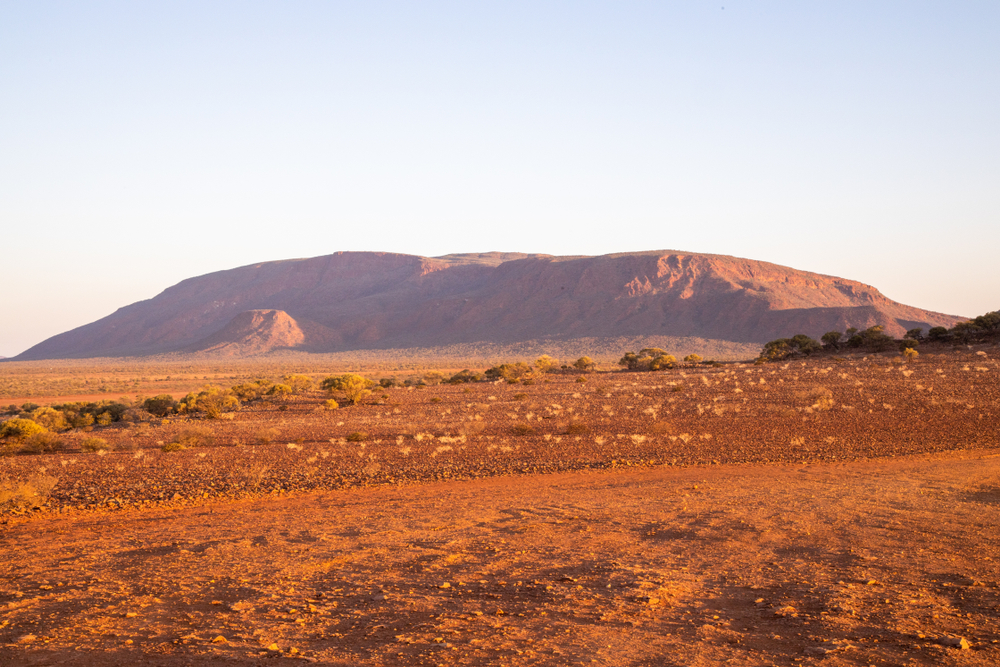
The Yilgarn Craton, located in Western Australia, is another of Earth’s ancient geological formations, with an age of around 2.9 to 3.7 billion years. It forms the bulk of the western third of Australia, and its ancient rocks have been vital for understanding the planet’s early tectonic activities. Its elevation varies, but the terrain is generally flat with scattered low hills, and its average elevation does not exceed 600 meters (1,968 feet). Spanning over 1.3 million square kilometers, it is renowned for its rich mineral resources, particularly gold and nickel. Its highest point is Mount Augustus, which is often referred to as the largest monolith in the world, standing at 1,106 meters (3,629 feet). Despite its ancient age, it is still tectonically stable.
The Canadian Shield
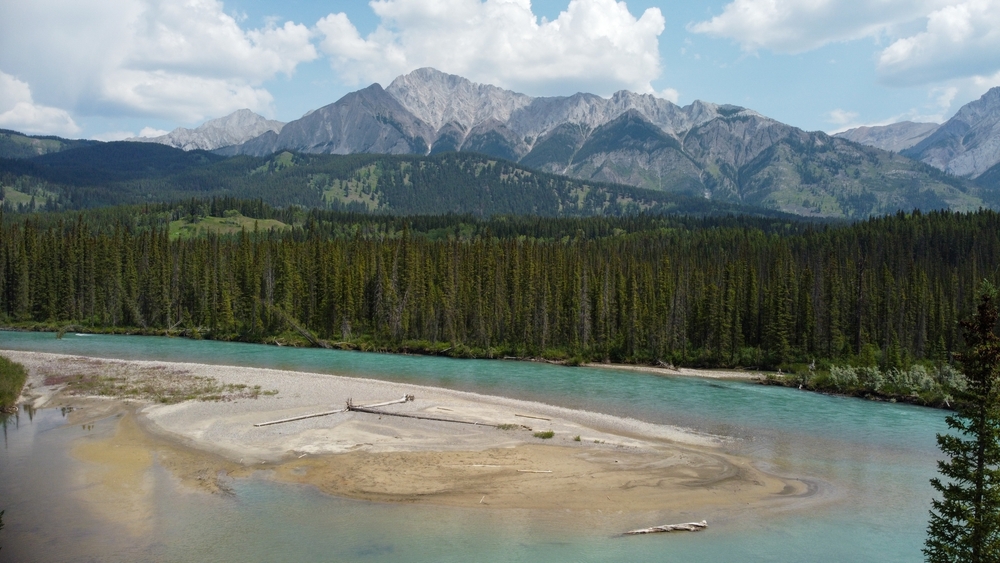
The Canadian Shield, covering much of Canada and parts of the northern United States, is one of the oldest and largest geological formations in the world. Formed over 4 billion years ago, this vast region is composed of exposed Precambrian rock that has been heavily eroded over the millennia. Its average elevation ranges from 300 to 500 meters (984 to 1,640 feet), with the terrain characterized by rolling hills and numerous lakes. It spans around 8 million square kilometers, making it one of the largest ancient mountain ranges. It contains some of the oldest rocks on Earth, including gneiss that dates back over 4 billion years. The highest peak within it is Mont d’Iberville at 1,622 meters (5,321 feet). The area is significant for its mineral wealth, including large deposits of nickel, copper, and gold. Glacial activity has significantly shaped its current landscape.
This article originally appeared on Rarest.org.
More from Rarest.org
17 Rare Insects You Didn’t Know Were Endangered

Insects are often overlooked when we think about endangered species, but many are in critical danger. These tiny creatures play a vital role in the balance of ecosystems. As their populations decline, entire habitats can be affected. Read More.
14 Enigmatic Islands with Unexplained Features
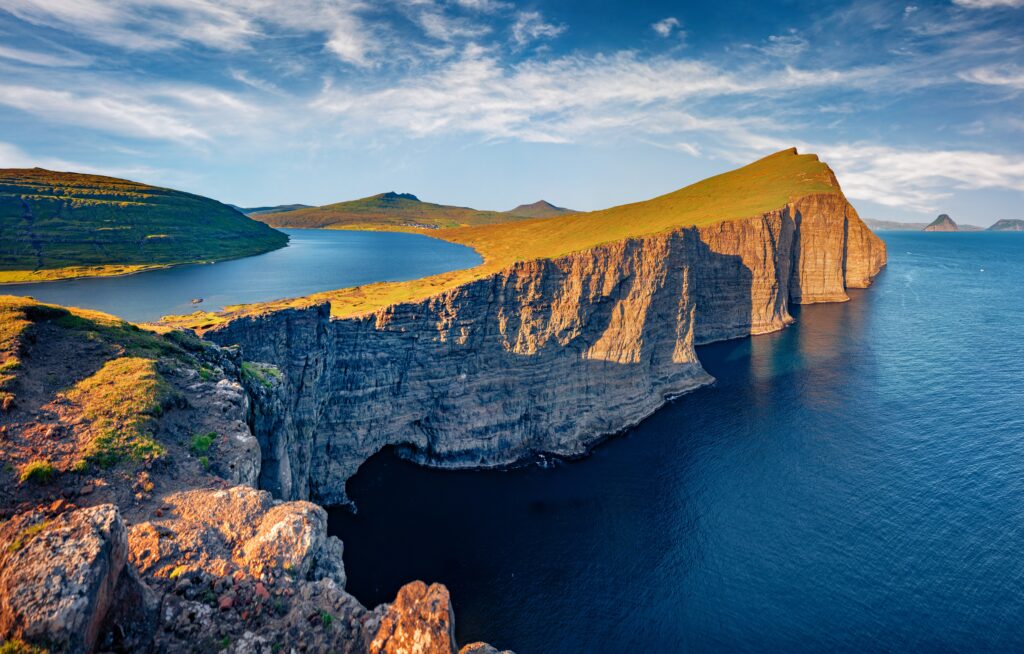
Islands hold an air of mystery, often shrouded in legends and unexplained phenomena. Some islands, however, go beyond typical intrigue, puzzling explorers and scientists alike. Read More.
16 Forgotten Fashion Trends That Are Now Highly Sought After

Fashion is constantly evolving, but some trends that once faded into obscurity have found their way back into the spotlight. These forgotten styles have been revived, not just as nostalgic pieces but as key elements in modern wardrobes. Read More.
